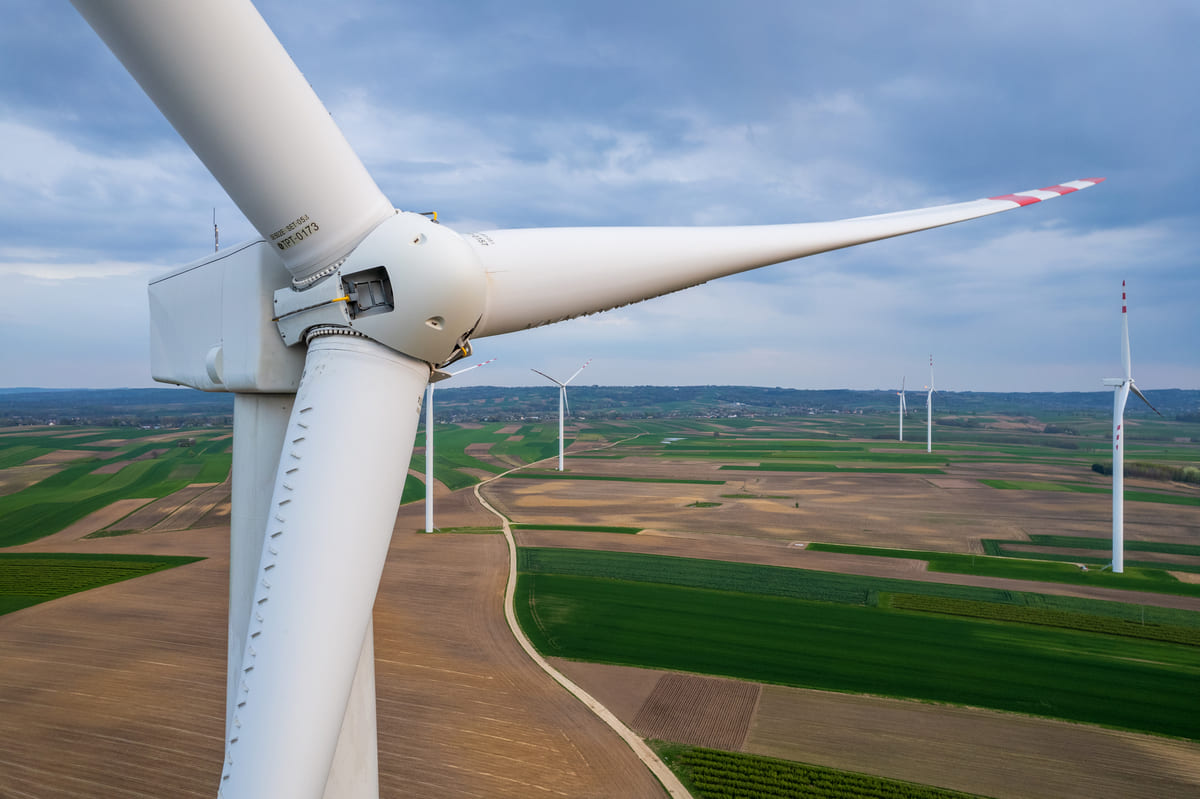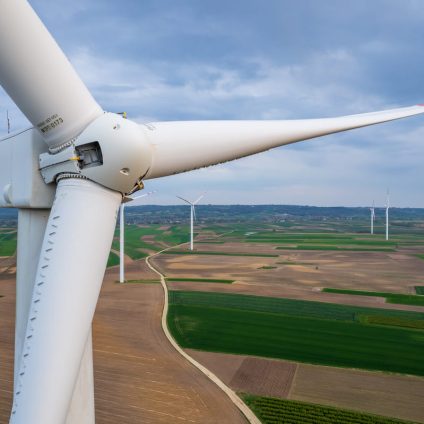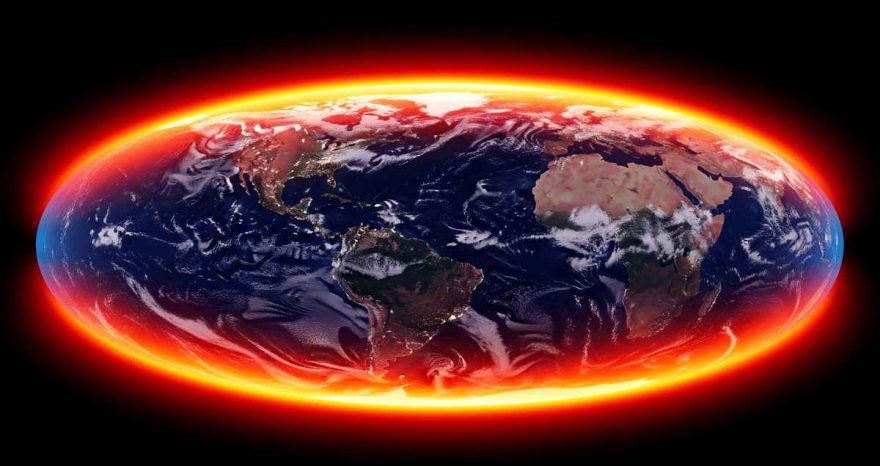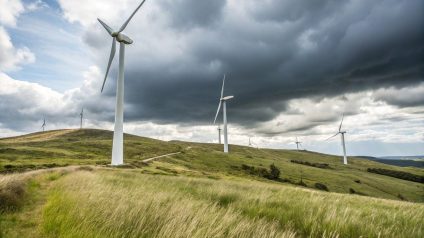Rising temperatures and their impact on atmospheric circulation are expected to reduce wind speed across Europe and North America. By mid-century, wind speeds could drop by 5%, with reductions reaching up to 15% by 2100.

The stilling effect and its impact on wind power
Climate change is slowing wind speeds across Europe, particularly during the summer months. This trend, known as “stilling,” is already affecting mid-latitude regions in the northern hemisphere. Between 2021 and 2050, wind speeds could decrease by up to 5%, with a potential 15% decline by the end of the century. These figures signal a significant impact on wind energy generation and the broader energy market.
Previous research on stilling
The stilling phenomenon is directly linked to global warming. The primary cause? Intensified heating of both the land surface and the troposphere, which alters atmospheric circulation patterns.
Numerous studies have explored its effects on wind energy. A 2023 analysis of historical data from 1971 to 2015 in China found a 5.5% wind speed decline per decade. This resulted in a decrease in the average capacity factor from 20.7% to 14.9% between 2001 and 2015 in a country that accounts for 40% of global wind capacity. Another study estimated that global wind speeds declined by 2.8% every ten years.
In Italy, a 2021 RSE study found no statistically significant changes under a moderate global warming scenario (RCP 4.5). However, under a high-emission scenario (RCP 8.5), wind energy resources could shrink, especially in the medium to long term and in offshore areas. Projections indicate reductions of up to 15-20% between 2071 and 2100.
Wind speed decline could cut summer wind power by up to 40%
A new study by a climate scientist from the University of Illinois at Urbana-Champaign examines how climate change is altering wind speeds in mid-latitude regions of the northern hemisphere, focusing on Europe and North America during summer months.
By 2100, wind speeds in these regions could decline by up to 15%, with a 5% reduction already expected between 2021 and 2050. This translates into a potential 25-40% drop in wind power generation during summer. The non-linear relationship between wind speed and energy output means that even minor declines in wind speed can lead to substantial reductions in power generation.
The combination of reduced wind speeds and rising summer temperatures adds further uncertainty. Higher temperatures drive up electricity demand for cooling, increasing the number of cooling degree days—an indicator of rising energy demand for air conditioning—by 100-200% by the end of the century in the regions analyzed.
However, the study notes that projections on climate change’s impact on wind speed are limited by the lack of reliable historical data. Additionally, existing climate models do not fully capture extreme wind speed variations, making it difficult to accurately assess the effects on wind power infrastructure.
Mitigating the risks of declining wind speeds
To reduce exposure to the risks posed by declining wind speeds, the study suggests three key priorities:
- Diversify renewable energy sources to minimize dependency on wind power.
- Expand grid interconnections to balance fluctuations in wind energy production.
- Enhance energy storage systems to improve grid stability and reliability.
These measures will be critical in ensuring the resilience of renewable energy infrastructure in the face of changing wind patterns driven by climate change.












